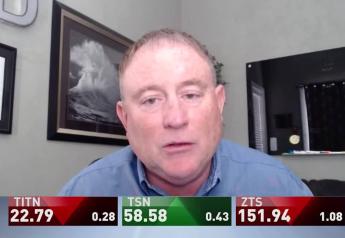How a Secret Seed Society at Michigan State Continues to Uncover Weed Seed Answers 142 Years Old
U.S. Farm Report 10/30/21 - Seed Experiment
Lansing, Mich., has a rich history of research, with one weed seed project more than 140 years old. And for the past 30 years, Dr. Frank Telewski has been a part of history at Michigan State University.
“I just grew this passion for plants,” says Telewski.
His fascination with growing plants became an obsession as he grew older, as that obsession was fueled even more when he stepped into history in the 1980s when Telewski was asked to be part of a project more than a century old.
“Professor Beal started the experiment back in 1879,” says Telewski.
For 142 years, a secret seed society at Michigan Sate uncovered one of the world’s oldest science experiments.
“The question was, ‘how long can seeds remain viable in the soil, and particularly wheat seeds’ because back in 1879, the latter part of the 19th century, we didn't have herbicides, we didn't have high-tech tractors and plows for tilling and cultivating,” Telewski adds.

Professor Beal, the namesake of the tradition, had one burning question about weeds.
“Professor Beal, being very much involved with agriculture here in the state and in the country, set out to answer this question to know how long the weed seed remains viable,” says Telewski.
With that question in mind, Beal gathered 21 different species of annual and biannual weeds, and collected the seeds.
“And what he would do is count out 50 seeds of every species and mix them in with a sandy mix and then fill up 20 bottles with the same mix of sand and the same number of seeds. And his plan was to excavate and get a bottle every five years,” Telewski explains.
Those bottles were then buried in a secret location in the fall of 1879.
“Then, he opened the bottle, he checked the contents, spread it out, put it in the greenhouse and recorded what germinated,” Telewski says.
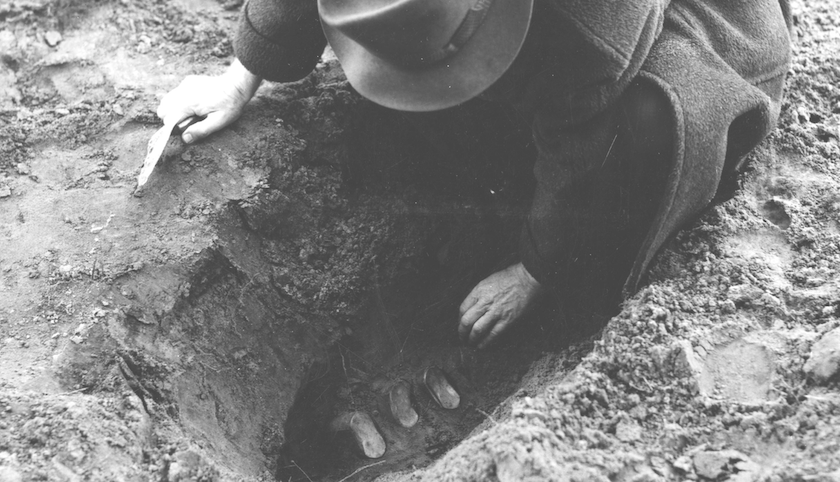
After Beal retired in 1910, the experiment lived on. And instead of every year, today the bottles are uncovered only once every 20 years.
“They're just little time capsules of biology that are over 100 years old. And that to me is the fantastic thing,” says Telewski.
Only a handful of people know just where the secret seed spot is on campus. Just last year, a team of five was tapped to continue the tradition and dug up a bottle in April 2021.
“We excavate in the very early morning hours, and there are a couple of reasons for that. We don't want to attract a lot of attention to where the seeds are buried. We don't want curiosity seekers to know where the bottles are, so we like to try to keep that under wraps. The other thing is that sunlight can be a trigger for germination,” says Telewski.
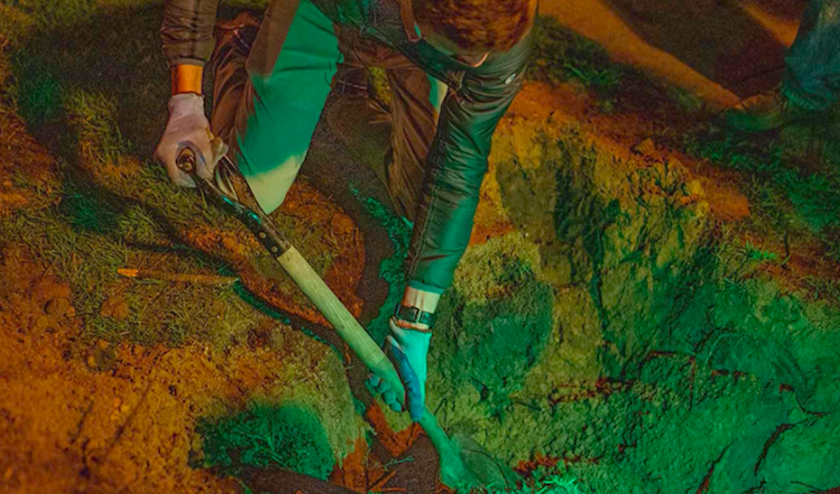
Carefully excavated, just like Beal had done 142 years ago, the team took the seeds to the growth chambers and spread them out.
“And then you wait, which usually, seven to 10 days is how long it takes usually for a seed to germinate,” he says.
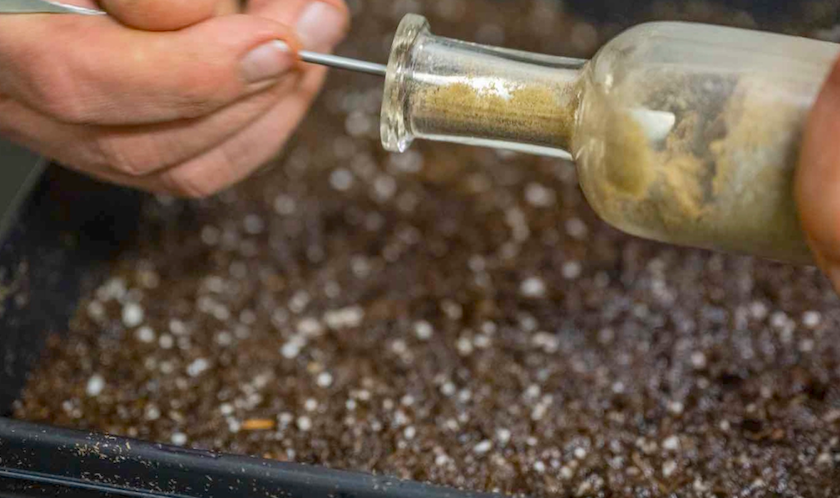
After seven to 10 days, history started to sprout at Michigan State last spring.
“It's just so rewarding and exciting to actually be holding a plant, to actually see this,” says Telewski. “When the first cotyledon came up out of the soil and germinated, and you realized the last person to touch this plant when it was a seed was professor Beal 140-plus years ago,” he says.
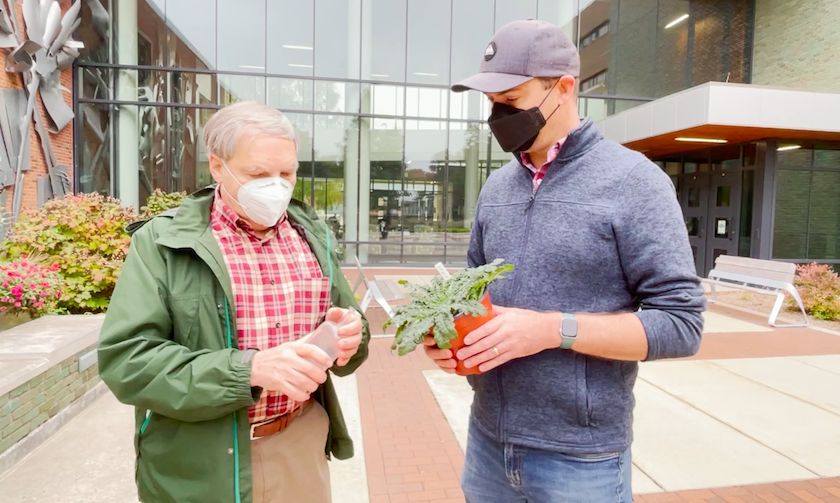
Out of the 21 weed species originally buried, only one is a survivor today—a Verbascum variety commonly called the “Great Mullein.”
“Talk about a survivor. I mean, this is a plant that's now survived in the soil for over 140 years. And we still get a relatively high germination rate. You'll get 20 of the original 50 seeds germinated, so that’s a 40% germination rate. In 2000, we had a 48% germination rate. That's incredible.”
Telewski retired this past fall from Michigan State University, and he hopes the experiment doesn’t just live on, but is amplified by what uncovering more answers this historic seed bank can provide.
“We understand the gravity of the situation. This is bigger than any of us. We're literally standing on the shoulders of giants. And it's a wonderful honor opportunity to be involved in this experiment, it’s historic,” he says.




